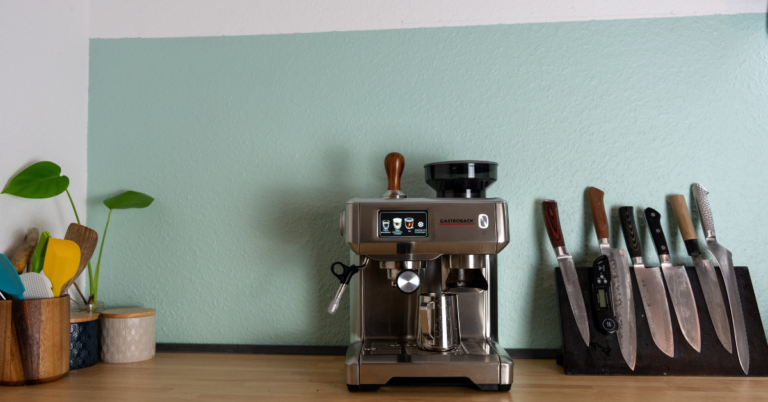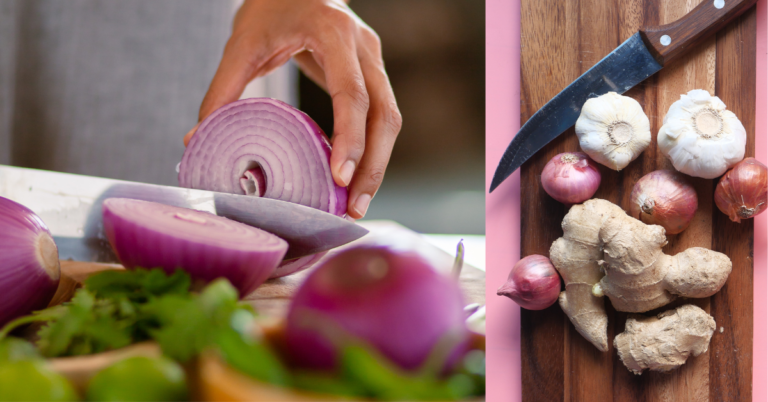6 Ways to Fix Over Salted Soup (Without Starting Over)

You just tasted your soup and were like, “Eghh… that’s too salty.”
No worries, that happens to even pro chefs. The good news? You don’t have to start over. There are easy ways to fix salty soup and save your meal. In this guide, you’ll learn how to fix over-salted soup with simple, chef-approved tricks that actually work.
Ready to rescue your favorite soup? Let’s get started.
Taste First…How Salty Are We Talking?
Before you fix salty soup, you need to know how bad it is. Take a slow, careful taste. Is it just a little too salty? Or does it taste like the ocean?
If it’s mildly salty, a minor tweak will do the job. If it’s briny, you’ll need a bigger fix. Either way, don’t panic. Knowing how salty your soup is helps you pick the right solution.
Here are the 07 easy ways we use at LivegreensPDX whenever we get our soup too salty to eat…, and one of these methods ALWAYS works.
6 Ways to Fix Over Salted Soup
1. Dilute the Salt. Add Liquid or Ingredients

The simplest way to fix salty soup is by adding more liquid. Water works, but it can thin out the flavor. For better results, use unsalted broth. If you’re working with tomato soup, try plain tomato puree.
Add a little liquid, stir, and taste. Repeat until the salt level feels right.
Be careful not to overdo it. Too much liquid can leave the soup watery or bland. If that happens, bring back flavor by adding more ingredients (think extra veggies, protein, or grains). This helps balance the taste and gives the soup more body.
Quick Example:
- Add chopped carrots or potatoes to a veggie soup.
- Toss in more chicken or noodles for chicken soup.
This method works best when your soup is just mildly too salty. If it’s briny, move to the next trick.
Read: Can You Freeze Sauce in Plastic Bottles? And Other Alternatives
2. Use Starch to Soak Up the Salt

Starches can help fix over-salted soup. Potatoes, rice, or pasta act like little sponges.
Option 1: Potatoes
- Add raw potato chunks to the soup.
- Simmer for 15-20 minutes.
- Potatoes will absorb some of the salt.
- Remove them before serving (unless you want them in the soup).
Potatoes do absorb liquid, including some salt. But they don’t remove all the salt. This method works best for soups that are slightly too salty, not for heavy oversalting.
Option 2: Rice or Pasta
- Add uncooked rice or pasta directly into the soup.
- As they cook, they absorb salty broth.
- They also bulk up the dish, spreading out the salt.
This method works well for brothy soups and adds texture and heartiness at the same time.
READ: How to Keep Cast Iron from Rusting (Easy Prevention Tips)
3. Add Dairy to Soften the Salt
Dairy can help fix salty soup by mellowing out sharp flavors. It adds creaminess while balancing excess salt.
What to Use:
- Heavy cream or milk (unsweetened)
- Sour cream
- Coconut milk (great for curries or vegan soups)
- Plain yogurt (works in many brothy soups)
Start with a small amount—about 1-2 tablespoons at a time. Stir it in and taste as you go. This works well for creamy soups, chowders, and pureed soups. It also helps when chicken soup is too salty.
A swirl of plain yogurt adds tang and cuts through saltiness without overpowering the soup.
Dairy doesn’t just fix salty soup. It also makes it richer and smoother.
Avoid this fix if your soup has acidic ingredients, like lemon or vinegar. It might curdle.
4. Use Sweetness to Balance the Flavor

A small amount of sweetness can balance salty flavors without making the soup taste sweet.
What to Add:
- Sugar (plain white or brown)
- Honey
- Maple syrup
- Sweet vegetables (roasted carrots work best)
Start tiny. Add 1/4 teaspoon of sugar, honey, or syrup. Stir well and taste. If it’s still too salty, repeat…but slowly. It’s easy to overdo.
Roasted carrots add sweetness, extra body and color to the soup. Chop them small and simmer them in the broth.
This fix over salted soup, especially if it’s chicken soups, tomato-based soups, and vegetable broths that taste too salty.
Sweeteners mask salt, but they don’t remove it. Always taste after each addition.
READ: How do I Get the Smell out of My Wooden Chopping board?
5. Add a Splash of Acid to Cut the Salt
Acids can balance out a salty soup without adding sweetness. They brighten flavors and reduce the perception of saltiness.
What to Use:
- Fresh lemon juice (great for chicken or veggie soups)
- Apple cider vinegar (adds a little tang and depth)
- White wine vinegar or balsamic (go easy with balsamic—it’s stronger)
- Diced tomatoes or tomato paste (works well for tomato-based soups)
- Start with a small amount—about 1 teaspoon at a time. Stir and taste after each addition.
Lemon juice works wonders when chicken soup is too salty. It sharpens the flavor and calms the salt. Tomatoes also help balance briny flavors in tomato soups or stews.
Be careful not to add too much acid. Always taste as you go.
6. Make a Second Batch and Combine
If your soup is way too salty, this method works every time. Make another batch of the same soup—without any salt. Then, mix the two batches together.
Here’s how to do it step-by-Step :
- Cook a new pot of soup, using the same ingredients.
- Skip the salt completely.
- Combine the two soups and stir well.
The new batch dilutes the salty one. You’ll end up with twice the soup and a balanced flavor.
If the combined soup is too much to eat, freeze the extra. Soups freeze well and give you ready-made meals later. Zero waste!
This is the best fix if your soup is briny or beyond a simple rescue. It’s a pro-level move that guarantees results.
READ: How Long Can a Kitchen Knife Be Wet? + Essential Care Tips.
How to Stop Over-Salting Soup Before It Happens
Fixing salty soup is doable…but avoiding the problem saves time and stress. Here’s how pros prevent it.
1. Salt Slowly and in Layers
Add small amounts of salt as you cook, not all at once.
Taste after each addition. It’s easier to add more than to fix too much.
2. Taste Before Adding Broth or Stock
Many store-bought broths are already salty.
Taste them first, then adjust your seasoning.
If you’re adding cured meats, soy sauce, or cheese, hold back on the salt.
These ingredients sneak extra sodium into your soup.
3. Keep a Tasting Spoon Handy
Taste your soup often—every time you add something new.
This helps you catch salt levels before they get out of hand.
4. Finish with a Sprinkle, Not a Handful
At the end, adjust salt to taste.
Season lightly just before serving to avoid last-minute mistakes.
When in doubt, leave it slightly under-salted. Guests can always add a pinch at the table.
Salvage Salty Soup And Save Dinner
Oversalted soup isn’t a dealbreaker. It’s a chance to sharpen your kitchen instincts.
Try one of these fixes and see how easy it is to turn things around.
And remember…your taste buds are your best tool. Trust them.
Want to read more kitchen hacks like this? Check out our blog page.
Share this post with your cooking friends.






